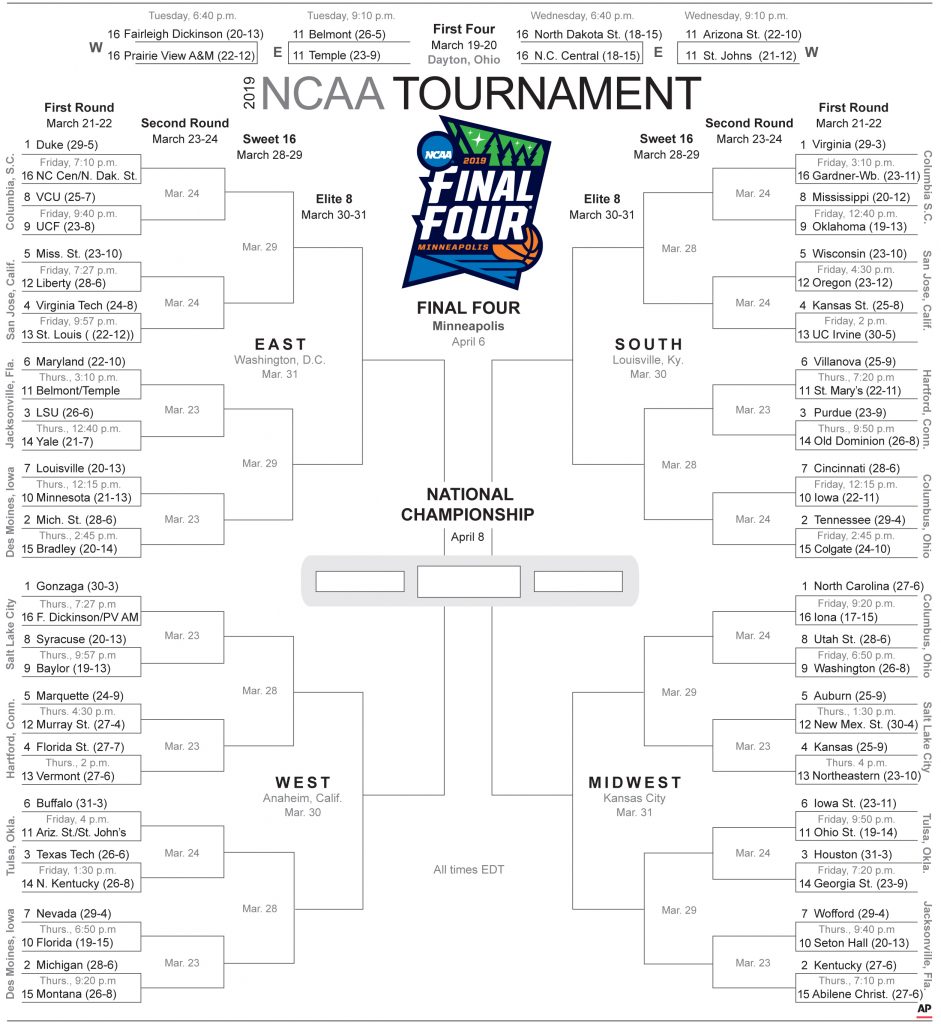Android's New Design Language: A Fresh Look

Table of Contents
Material You: A Deeper Dive into the New Principles
Material You, the name given to Android's new design language, represents a significant leap forward. It's built on the foundations of Material Design but incorporates dynamic theming, enhanced customization, and a strong focus on accessibility and motion. These principles work together to create a truly personalized and delightful user experience.
-
Dynamic Color Theming: Material You intelligently extracts dominant colors from a user's wallpaper to generate a unique color palette throughout the system and compatible apps. This creates a personalized and cohesive look, while still maintaining brand consistency within individual apps. The system subtly adjusts the color palette for optimal contrast and readability, ensuring a pleasant experience regardless of the chosen wallpaper.
-
Enhanced Customization: Users now have unprecedented control over the look and feel of their Android devices. They can customize widgets, app icons (using the new adaptive icon shapes), and even system-wide color schemes, creating a truly personalized digital space. This level of customization fosters a stronger connection between the user and their device.
-
Improved Accessibility: Material You prioritizes accessibility, incorporating features that improve usability for users with disabilities. Larger text sizes, improved contrast ratios, and customizable system sounds are just some of the examples of how this design language is inclusive and caters to a broader range of users. It adheres to WCAG guidelines ensuring a more equitable digital experience.
-
Emphasis on Motion and Animation: Smooth transitions and subtle animations are key elements of Material You. These animations aren't just for aesthetics; they provide visual feedback, guide the user through interactions, and contribute to a more engaging and intuitive experience. The animations are carefully designed to be both delightful and informative.
Impact on App Development and Design
The shift to Material You presents both opportunities and challenges for app developers and designers. Adopting this new language requires understanding its underlying principles and utilizing the updated tools and resources provided by Google.
-
Updated Design Guidelines and Resources: Google offers comprehensive documentation, design specifications, and code examples to assist developers in implementing Material You. This support streamlines the adoption process and ensures consistency across apps. The official Material Design website is a crucial resource.
-
New Component Libraries: Updated component libraries provide pre-built UI elements that adhere to the Material You guidelines. These components simplify development, ensuring consistency and saving developers time and effort. Jetpack Compose, Android's modern toolkit for building user interfaces, is fully integrated with Material You.
-
Best Practices for Implementing Material You: Key best practices include utilizing dynamic color theming, employing updated components, and ensuring accessibility compliance. Thorough testing across various devices and screen sizes is also crucial. Following the official guidelines will yield the best results.
-
Challenges in Adapting Existing Apps: Migrating existing apps to Material You might require significant effort, depending on the app's architecture and design. Developers need to carefully assess the changes needed and plan the migration strategically. A phased approach might be necessary.
User Experience Enhancements
Material You's impact on user experience is profound. By focusing on personalization, clarity, and intuitive interaction, it creates a more engaging and efficient mobile experience.
-
Intuitive Navigation: The updated design improves navigation by providing clear visual cues and consistent patterns. Information architecture is streamlined, making it easier for users to find what they need.
-
Improved Readability and Clarity: Improved typography and visual hierarchy contribute to enhanced readability. Text is more legible, and visual elements are strategically placed to guide the user's attention.
-
Enhanced Visual Appeal: The updated design language is undeniably more modern and visually appealing. The dynamic color theming adds a level of personalization that users find engaging and satisfying.
-
User Feedback and Adoption Rate: While comprehensive data may still be emerging, early reports suggest positive user reception to the changes introduced by Material You, demonstrating a higher level of user satisfaction and engagement.
Comparing Old and New: A Visual Overview
(Space for before-and-after screenshots comparing elements like app icons, widgets, and system menus. Clearly label each image to highlight the differences and improvements.)
Conclusion
Android's new design language, Material You, represents a significant step forward in mobile user experience. Its dynamic color theming, enhanced customization, and focus on accessibility create a personalized and inclusive environment. For developers, adopting Material You offers a chance to create beautiful, engaging, and accessible apps. The updated design guidelines and component libraries simplify the process, making it easier than ever to build modern and visually stunning applications. Embrace Android's new design language today! Explore the future of Android design by diving into the official Google documentation and updating your apps to take advantage of the latest features and improved user experience.

Featured Posts
-
 Victoria De Portugal Ante Belgica 0 1 Resumen Y Analisis Del Juego
May 15, 2025
Victoria De Portugal Ante Belgica 0 1 Resumen Y Analisis Del Juego
May 15, 2025 -
 Steam Sales 2025 Complete Guide To Dates And Times
May 15, 2025
Steam Sales 2025 Complete Guide To Dates And Times
May 15, 2025 -
 Tatar In Son Aciklamalari Kibris Ve Direkt Ucuslar Uezerine Etkisi
May 15, 2025
Tatar In Son Aciklamalari Kibris Ve Direkt Ucuslar Uezerine Etkisi
May 15, 2025 -
 Mls Injury News Martinez And White Sidelined For Saturdays Match
May 15, 2025
Mls Injury News Martinez And White Sidelined For Saturdays Match
May 15, 2025 -
 The Importance Of Middle Managers Benefits For Employees And Organizations
May 15, 2025
The Importance Of Middle Managers Benefits For Employees And Organizations
May 15, 2025
